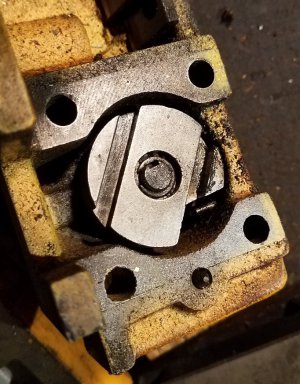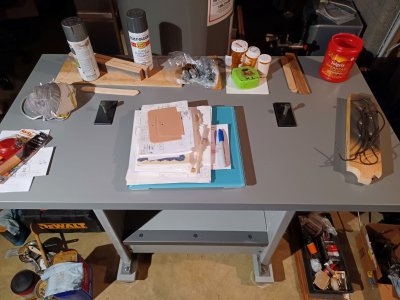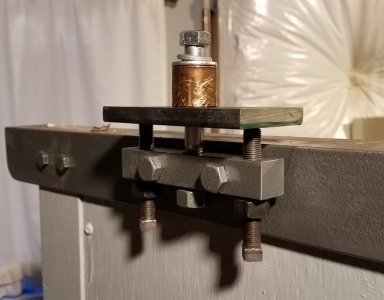- Joined
- Dec 20, 2012
- Messages
- 9,422
No offense, @machPete99 , and I know that a whole lot of other guys agree with you but some of us don't trust these MT test bars. There are too many stacking tolerances, the accuracy of the grind and the accuracy of the spindle Morse taper are unknowns and the impact of gravity on that long bar also contributes to uncertainty. In my opinion, the best way to check the headstock position relative to the ways is to make a test cut because it proves itself. Let me explain.
Take a 1 to 2" bar of softer steel, like 12L14, and chuck it up with about 4-6" of it sticking out. Since this is a first operation, the chuck you use doesn't matter. With a well ground, sharp HSS tool, take a skim pass of about 0.010" deep to remove the skin, then take a 0.003" cut to size it and finally take a 0.001-0.002" finish pass down the whole length of the bar. Now measure the OD at both ends and the middle. If there is a difference, move the headstock until repeated 0.001-0.002" test cuts produce zero difference along the entire bar. This is a dynamic test that accounts for the specific peculiarities of the lathe and it proves the headstock position.
There are many ways to align the headstock but this one is simple, repeatable and reliable. Maybe consider it as an option?
Take a 1 to 2" bar of softer steel, like 12L14, and chuck it up with about 4-6" of it sticking out. Since this is a first operation, the chuck you use doesn't matter. With a well ground, sharp HSS tool, take a skim pass of about 0.010" deep to remove the skin, then take a 0.003" cut to size it and finally take a 0.001-0.002" finish pass down the whole length of the bar. Now measure the OD at both ends and the middle. If there is a difference, move the headstock until repeated 0.001-0.002" test cuts produce zero difference along the entire bar. This is a dynamic test that accounts for the specific peculiarities of the lathe and it proves the headstock position.
There are many ways to align the headstock but this one is simple, repeatable and reliable. Maybe consider it as an option?




